Seller Note “Was working fine until artefacts appeared. One fan doesn’t seem to be working.“
Issues Detected
- Resistances and voltages appear normal
- VCore – 15.2Ω
- VMem – 166.2Ω
- PEX – 948Ω?
- 5V – 506.6Ω
- 3.3V – 852Ω
- 12V PCI – 4KΩ
- 12V PCI-E 2.7KΩ
- Artefacts with low resolution in windows.
- One fan is indeed not working, perhaps caused the fault.
- Mats testing reveals the first A1 Vram chip has errors (nearest to PCI-E at the bottom right of GPU).
- Since the errors aren’t all the way across the chip, it is hopefully a candidate for reflow of that chip or replacement.
- Needed to revisit after I had learned more. VRAM replacement was successful.
- This was one of the first VRAM reflow failures and later, VRAM replacement that I had done.
Card Overview
I find there is a lot to like about this graphics card’s PCB design, MSI have invested in a great overall cooling setup to help balance the relatively high peak power.
GPU: GK104-425-A2
Vram: Elpida W2032BBBG-7A-F
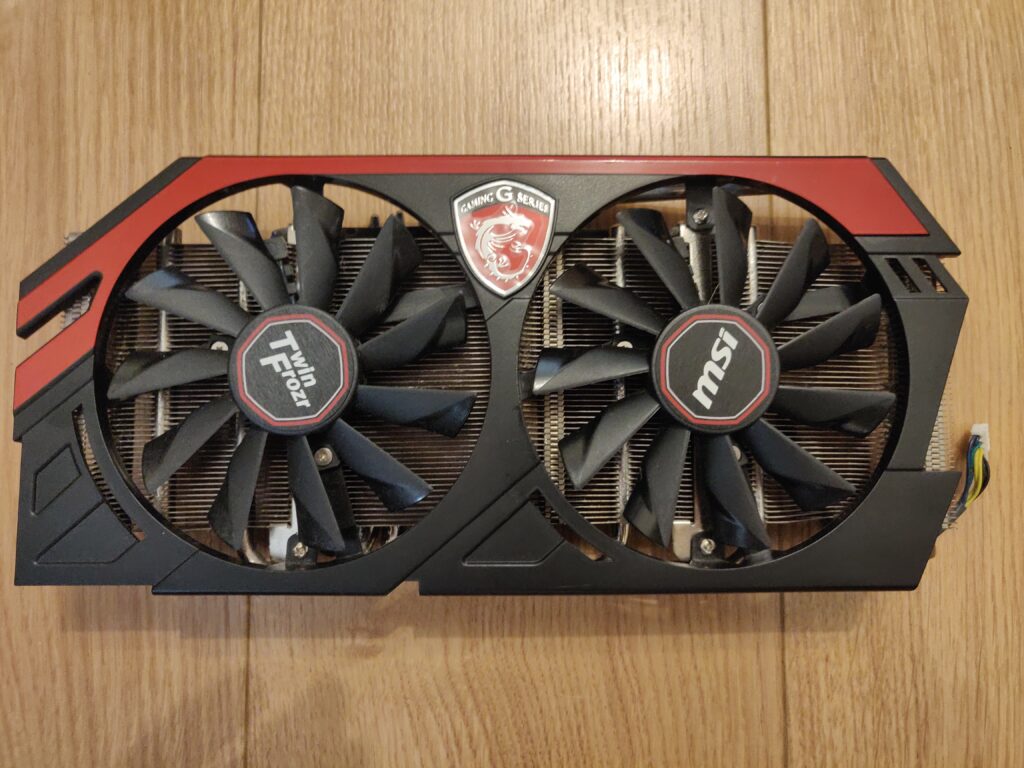
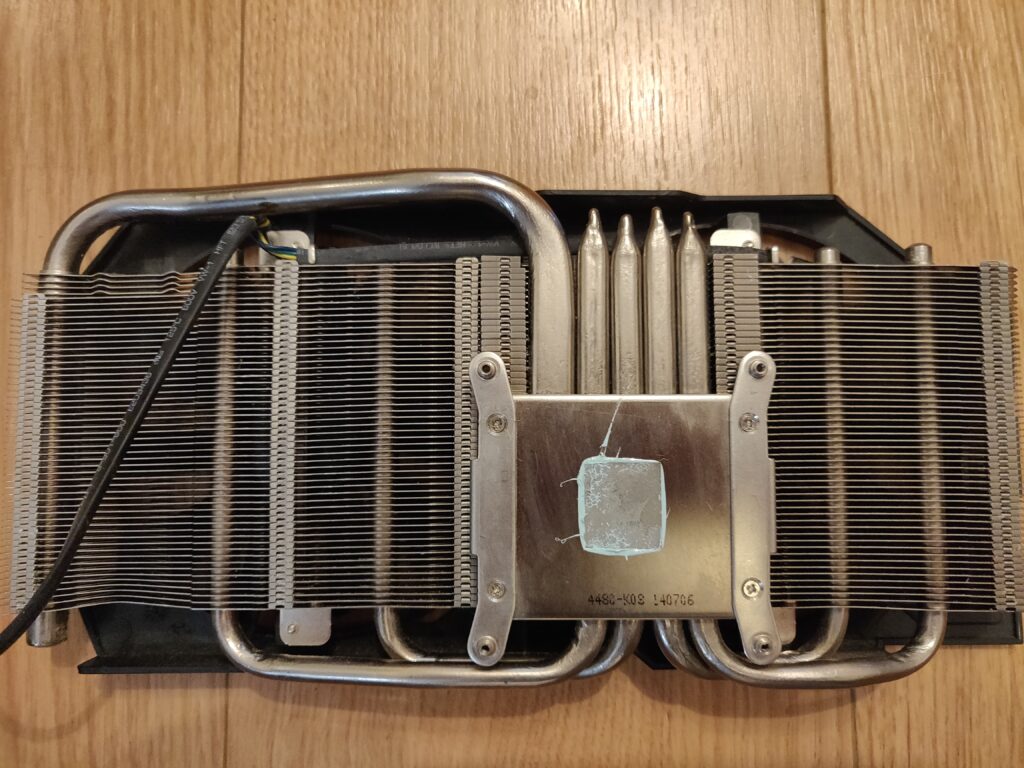
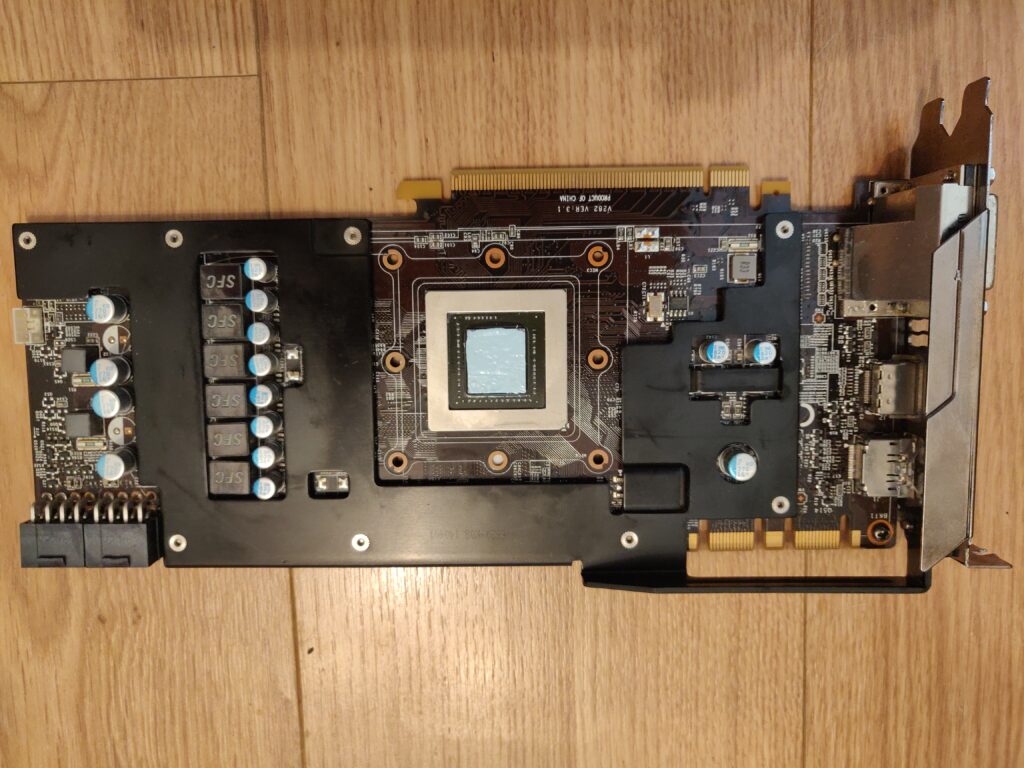
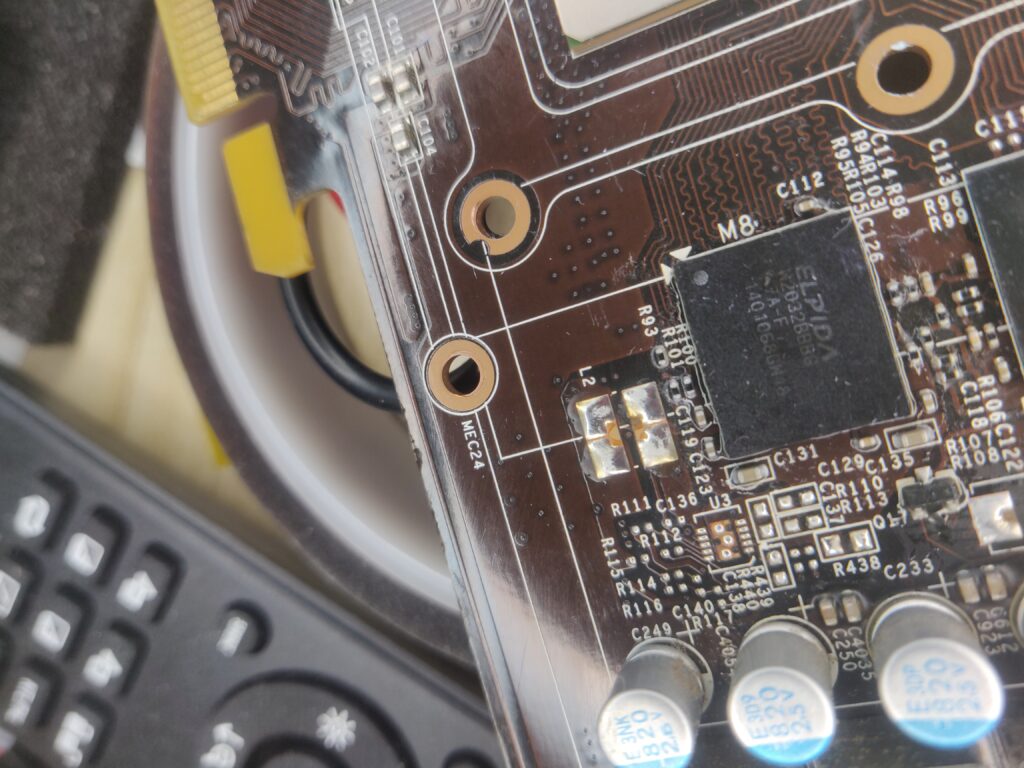
Fix Under Test
- Flux & reflow of failing Vram chip (using BGA PCB preheater & heat gun)
- Artefacts now gone & driver loads in windows – looking great!
- Furmark stress testing is underway, looking good, holding 79 deg C
- These cards are quite juicy (2 x 8 pins, taking just under 250W under full stress) , but have substantial heatsinks and decent fans.
- Full stress testing is advisable to make sure the reflow is sound. If it were to fail, I have the replacement Vram chips now.
Update 16/04/2022 – Successfully replaced the faulty VRAM chip
Hoping to improve on my initial struggles! This was one of the first graphics cards that I ever repaired. I have learnt a lot from it:
a) Reflows generally don’t last and shouldn’t be considered a permanent fix (there can be exceptions e.g the fault is a minor solder joint crack that can be effectively reflowed)
b) When replacing memory chips you need to be confident that the solder is flowing (‘nudge test’), if you don’t the chances are poor and open joints will occur wasting your time.
c) Larger cards require more heat, sometimes a lot more. This goes for VRAM removal and replacement.
d) It’s important to clean the pads well, being careful not to rip any. Leaving old solder on the pads seems to result in a higher incidence of poor joints. See the below example, which ultimately led to a successful repair (at least currently), when several other attempts failed:
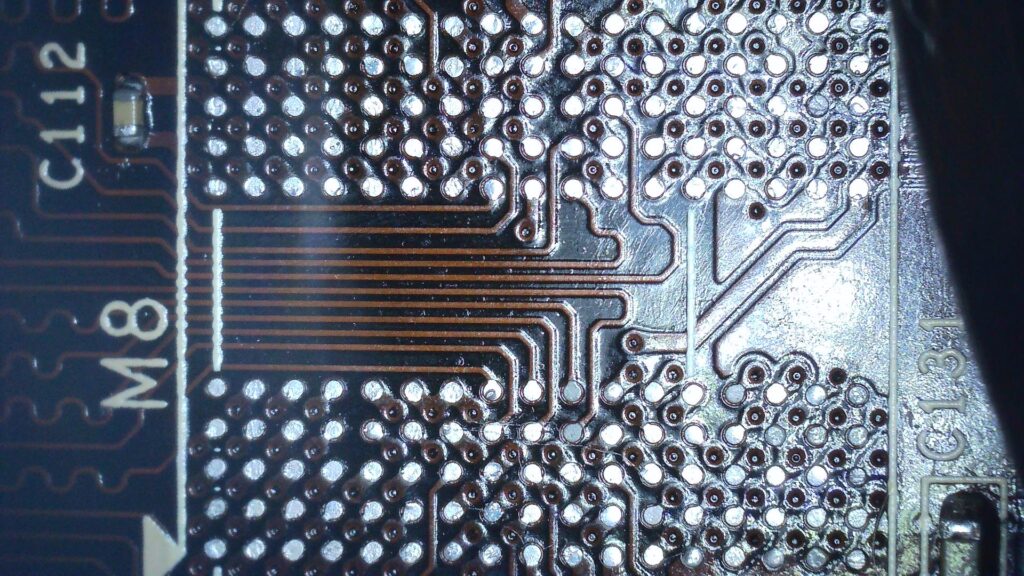
Note – the greyish pads with no solder seem to either not be connected or present a normal resistance, initially I feared they have damaged pads and were responsible for the repeated issues.
Stress testing
- These 7 series cards do seem relatively warm and can thermal limit at temperatures in the 70s.
- Furmark and Kombuster HD are both fine.
- 3D Time Spy and Subnautica are fine.
- This card seemed like hard work, but on reflection, the difficulties were hopefully important learnings.
- This card can hopefully go back to it’s previous 11-year-old owner for more sustained gaming 🙂